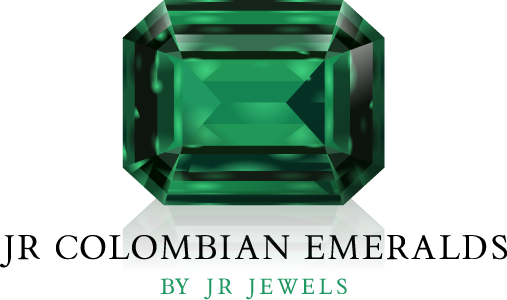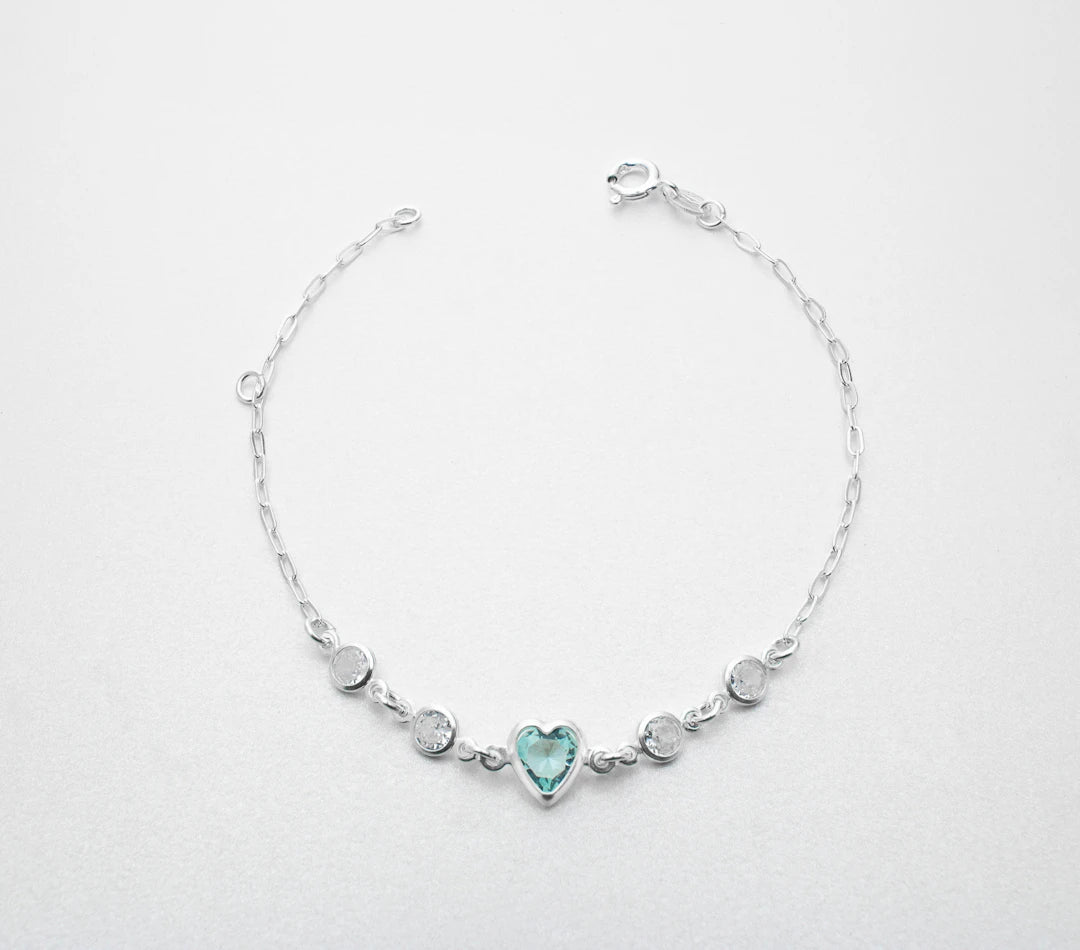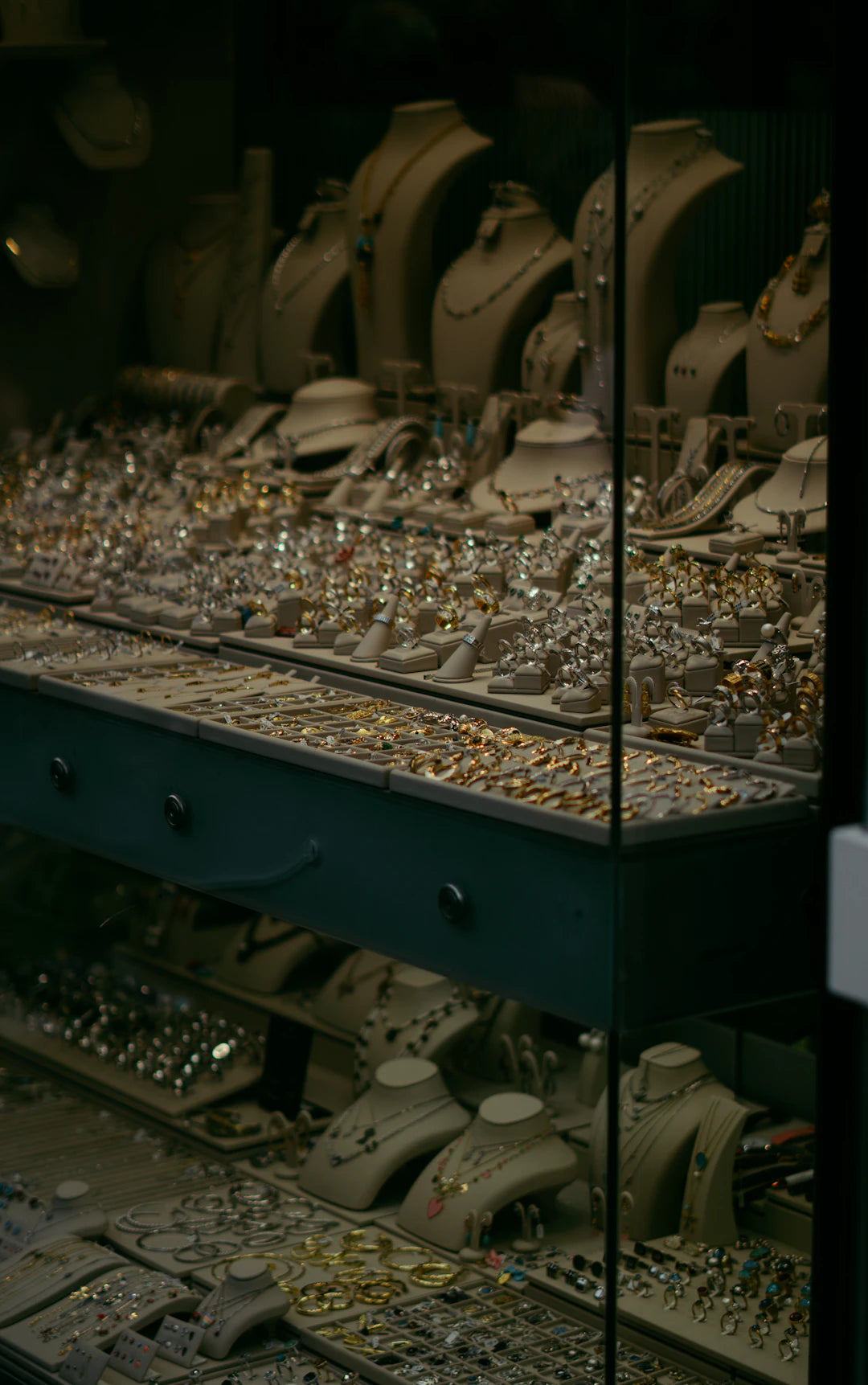Emeralds have long captivated the hearts of collectors, jewelry enthusiasts, and gem lovers alike. Renowned for their striking green hue and exceptional clarity, these precious gemstones symbolize luxury, prosperity, and vitality. In this article, we will delve into the science behind emeralds—specifically their color and clarity—shedding light on how these factors combine to create stunning Natural Emerald Jewelry. Let’s dive into the rich world of emeralds and explore what makes them truly special.
The Color Phenomenon of Emeralds
The color of emeralds is by far one of the most significant aspects that influence their value. The allure of this gemstone lies in its stunning green shades, which range from light green to deep, vibrant green. But what contributes to this beautiful color? Let’s break it down.
The Role of Chromium and Vanadium
The captivating green color of emeralds is primarily due to the presence of chromium and vanadium. These trace elements interact with the crystal structure of the gemstone, resulting in its unique color. Chromium imparts a rich, vibrant green, while vanadium adds depth and richness, enhancing the overall tone. This delicate balance also explains why some emeralds boast a more vivid hue than others.
Interestingly, the most sought-after emeralds exhibit a deep green color with overtones of blue or yellow. This combination adds complexity and allure, making emerald rings and fine emerald necklaces particularly prized in the world of gemology.
Color Zoning in Emeralds
Emeralds also exhibit a phenomenon known as color zoning. This means that the color can vary within a single stone, creating striking patterns and giving each emerald its individuality. While some collectors appreciate this unique characteristic, many prefer stones that display a uniform color throughout, as it typically indicates higher quality. Jewelers often leverage the beauty of these color zones in luxury emerald bracelets and emerald earrings, creating truly magnificent pieces.
Understanding Clarity in Emeralds
While color is vital in determining the overall quality and value of emeralds, clarity is equally crucial. Clarity refers to the absence of inclusions or blemishes within a gemstone. Typically, inclusions can decrease the value of a gemstone, but emeralds tell an entirely different story.
The Unique Inclusions of Emeralds
Emeralds often contain inclusions—traces of other minerals or gas bubbles generated during their formation. These inclusions, typically referred to as "jardin," which means "garden" in French, are a natural occurrence and can enhance the character of the gemstone. Interestingly, many collectors come to appreciate the unique characteristics of different emeralds, with particular attention to how inclusions tell the story of the stone's journey to Earth.
Emerald Clarity Ratings
When evaluating the clarity of emeralds, gemologists often use a grading system. High-quality emeralds tend to exhibit fewer inclusions) and are rated higher. Here’s a simplified overview of clarity ratings for emeralds:
- Flawless (F): No inclusions or blemishes visible to the naked eye.
- Very Very Slightly Included (VVS1-VVS2): Inclusions are difficult to detect without magnification.
- Very Slightly Included (VS1-VS2): Minor inclusions are visible under magnification but not to the naked eye.
- Slightly Included (SI1-SI2): Inclusions are visible to the naked eye but can be tolerable.
- Included (I1-I3): Inclusions significantly affect the stone's appearance and integrity.
The Impact of Color and Clarity on Value
When assessing the overall value of natural emerald jewelry, both color and clarity play a crucial role. High-quality emeralds that combine deep color with excellent clarity are incredibly rare and highly sought after, thus commanding premium prices. For instance, emerald rings crafted from vivid green stones tend to be much more valuable than those made from lighter or less saturated gems.
Emerald Grading System
The Gemological Institute of America (GIA) has established a standardized grading system that assesses emeralds based on both color and clarity. The GIA grades emeralds on a scale of A (top quality) to AAA (lower quality), which helps consumers understand the stone's quality before purchasing.
This grading is especially important for buyers of fine emerald necklaces, luxury emerald bracelets, and other emerald accessories. Knowledgeable consumers can ensure they are investing in high-quality pieces that resonate with their personal style and aesthetic.
The Origin of Emeralds
Emeralds are primarily formed in metamorphic rocks and are typically found in places that have a long geological history. The most renowned sources of emeralds globally include Colombia, Zambia, and Brazil. Colombian emeralds, in particular, are highly esteemed due to their vivid color and superior quality.
The Colombian Difference
Colombian emeralds are known for their exceptional color saturation, making them a popular choice among jewelers. The unique geological conditions present in Colombia, including the presence of chromium and the tectonic activity that caused their formation, contribute to these phenomenal gemstones. As a result, Colombian emeralds often have a premium price tag, especially in pieces such as emerald rings or fine emerald necklaces.
Exploring Emerald Jewelry Trends
The timeless beauty of emeralds continues to thrive in contemporary jewelry designs. From statement necklaces to elegant earrings, emeralds are the centerpiece of luxury fashion. Here are some current trends to look out for:
- Stackable Emerald Rings: Perfect for personal expression, stacking emerald rings let wearers mix and match different styles for a fashionable look.
- Emerald Earrings: Whether dangle or stud, emerald earrings add a touch of elegance to any outfit, making them a must-have accessory.
- Minimalist Fine Emerald Necklaces: Simple chains with a single emerald pendant create understated sophistication, appealing to a modern audience.
- Luxury Emerald Bracelets: Unique designs featuring emeralds are on the rise, offering a modern twist on classical styles.
Care and Maintenance of Emerald Jewelry
Protecting the beauty and longevity of emerald jewelry is crucial. Here are some essential tips for taking care of your earrings, rings, necklaces, and bracelets:
- Avoid Harsh Chemicals: Cleaning products, perfumes, and lotions can damage emeralds. Remove your jewelry before applying any products to your skin.
- Gentle Cleaning: Clean your emerald jewelry with mild soap and water, using a soft cloth or a brush with soft bristles to remove dirt or dust.
- Storing Properly: Store your emerald pieces separately to prevent scratches and damage from contact with other jewelry.
- Professional Checkups: Consider having your emerald jewelry inspected and cleaned by a professional jeweler periodically, especially for family heirlooms.
Embrace the Elegance and Science of Emeralds
The captivating color and unique clarity of emeralds are the culmination of natural processes that span millions of years. Understanding the science behind these exquisite gemstones only enhances our appreciation for them, whether you’re admiring emerald rings at a jewelry store or wearing fine emerald necklaces that sparkle with every movement.
As you explore the enchanting qualities of emeralds, remember that each stone has its own story—just like the person who wears it. Whether you're seeking luxury emerald bracelets or elegant emerald earrings, the beauty and significance of natural emerald jewelry are timeless. Venture into the world of emeralds, where science and luxury meet, and celebrate the beauty of this incredible gemstone!




Leave a comment
This site is protected by hCaptcha and the hCaptcha Privacy Policy and Terms of Service apply.